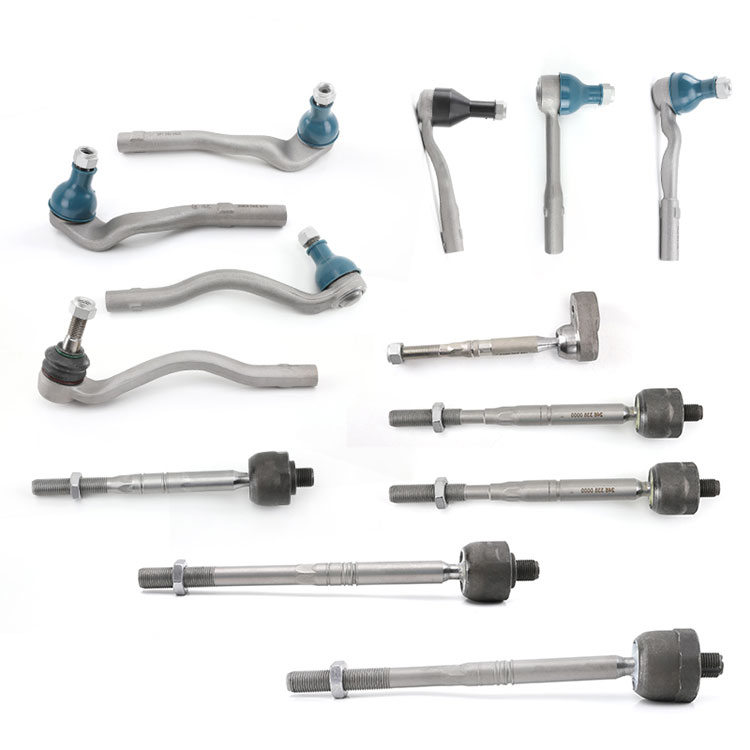Auto Steering Systems: Enhancing Safety and Driving Precision
2025-07-03
An auto steering systemis a critical component of modern vehicles, responsible for controlling the direction of the vehicle’s wheels. With the evolution of automotive technology, steering systems have progressed from traditional mechanical linkages to sophisticated electronically controlled systems, significantly improving safety, comfort, and driving performance.
What Is an Auto Steering System?
An auto steering system is the mechanism that allows a driver to guide the vehicle along a desired path by turning the steering wheel. It converts the rotational input from the steering wheel into the angular movement of the wheels. In modern vehicles, steering systems often include electronic, hydraulic, or electric power assistance and, increasingly, autonomous features that allow for automated or semi-automated driving.

Types of Auto Steering Systems
1. Manual Steering:A basic system without any power assistance, typically found in older or lightweight vehicles.
2. Hydraulic Power Steering (HPS):Uses hydraulic pressure generated by a pump (driven by the engine) to assist steering.
3. Electric Power Steering (EPS):Uses an electric motor to provide steering assistance, reducing engine load and improving fuel efficiency.
4. Electro-Hydraulic Power Steering (EHPS):Combines electric control with hydraulic actuation, common in some transitional designs.
5. Steer-by-Wire:An advanced system that eliminates mechanical connections between the steering wheel and wheels, relying entirely on electronic control.
Features of Modern Auto Steering Systems
Power Assistance:Reduces driver effort, especially at low speeds.
Speed Sensitivity:Adjusts steering response based on vehicle speed for improved control.
Lane-Keeping Assist (LKA):Uses cameras and sensors to keep the vehicle within its lane.
Automatic Parking Assist:Allows the car to steer itself into parking spaces.
Adaptive Steering:Adjusts the steering ratio dynamically based on driving conditions.
Collision Avoidance:Assists in emergency maneuvers to prevent accidents.
Benefits of Advanced Steering Systems
Improved Safety:Helps maintain control in various driving conditions.
Enhanced Comfort:Reduces driver fatigue with smooth and responsive steering.
Greater Efficiency:EPS systems reduce fuel consumption by eliminating hydraulic pumps.
Precision Handling:Enables better maneuverability, especially at low speeds or in tight spaces.
Integration with ADAS:Auto steering is a key component of Advanced Driver Assistance Systems (ADAS) and autonomous driving technologies.
Applications in Autonomous Driving
In autonomous and semi-autonomous vehicles, auto steering systems are crucial. They work in conjunction with sensors, cameras, radar, and onboard computers to perform steering inputs without driver intervention. Features like lane centering, adaptive cruise control, and highway autopilot rely heavily on advanced steering technologies.
Conclusion
Auto steering systems have come a long way from simple mechanical linkages to intelligent, computer-controlled systems. They not only make driving easier and more comfortable but also play a vital role in modern vehicle safety and automation. As automotive technology continues to evolve, auto steering systems will remain a core component in shaping the future of mobility.


